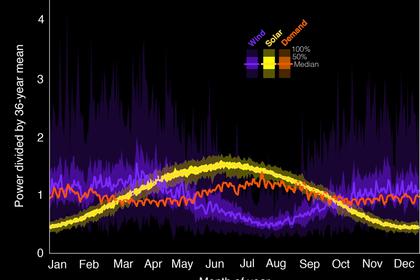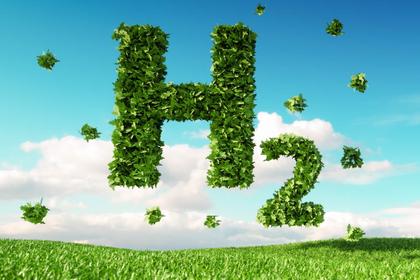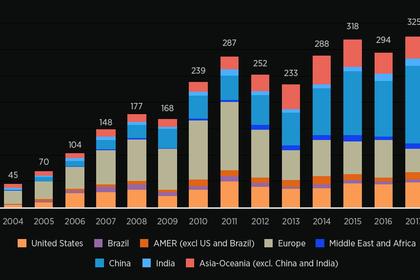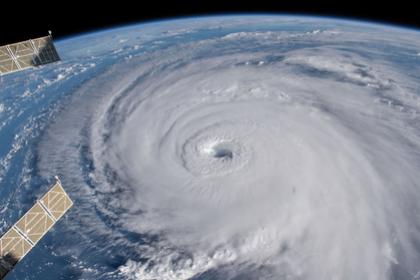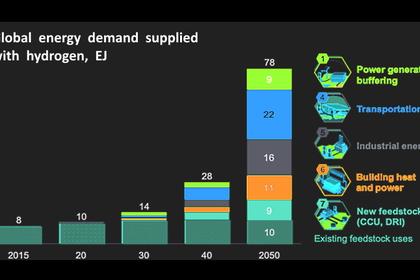
CLEAN ENERGY TECHNOLOGIES: MUST USE
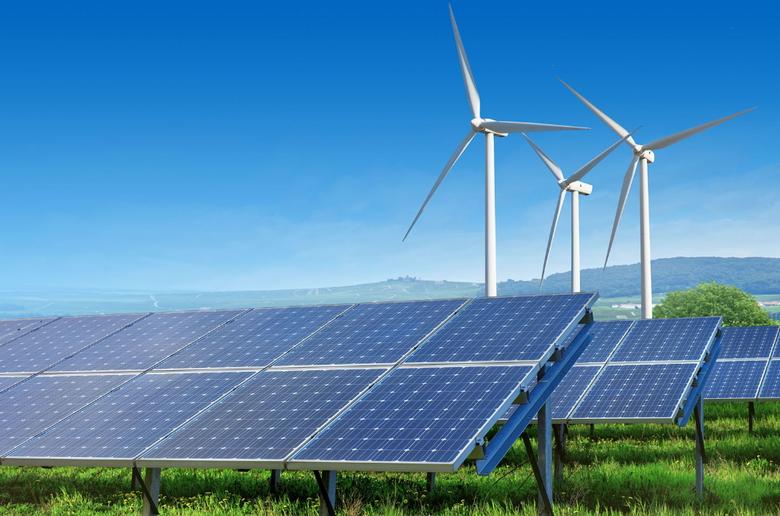
IEA - 10 September 2020 - Transforming the power sector alone will only get the world one-third of the way to net-zero emissions, new IEA report says, highlighting the need for greater efforts in other key sectors.
A major effort to develop and deploy clean energy technologies worldwide is urgently needed to meet international energy and climate goals, particularly in order to reduce carbon emissions from areas beyond the power sector such as transport, buildings and industry, according to a new IEA report released today.
With global carbon emissions at unacceptably high levels, structural changes to the energy system are required to achieve the rapid and lasting decline in emissions called for by the world’s shared climate targets. The IEA’s Energy Technology Perspectives 2020 – the first core ETP report for three years following a revamp of the series – analyses more than 800 different technology options to assess what would need to happen to reach net-zero emissions by 2070 while ensuring a resilient and secure energy system.
It finds that transitioning just the power sector to clean energy would get the world only one-third of the way to net-zero emissions. Completing the journey will require devoting far more attention to the transport, industry and buildings sectors, which today account for about 55% of CO2 emissions from the energy system. Much greater use of electricity in these sectors – for powering electric vehicles, recycling metals, heating buildings and many other tasks – can make the single largest contribution to reaching net-zero emissions, according to the report, although many more technologies will be needed.
“Despite the difficulties caused by the Covid-19 crisis, several recent developments give us grounds for increasing optimism about the world’s ability to accelerate clean energy transitions and reach its energy and climate goals. Still, major issues remain. This new IEA report not only shows the scale of the challenge but also offers vital guidance for overcoming it,” said Dr Fatih Birol, the IEA’s Executive Director.
“Solar is leading renewables to new heights in markets across the globe, ultralow interest rates can help finance a growing number of clean energy projects, more governments and companies are throwing their weight behind these critical technologies, and all-important energy innovation may be about to take off,” Dr Birol said. “However, we need even more countries and businesses to get on board, we need to redouble efforts to bring energy access to all those who currently lack it, and we need to tackle emissions from the vast amounts of existing energy infrastructure in use worldwide that threaten to put our shared goals out of reach.”
Energy Technology Perspectives 2020 (ETP 2020) examines how to address the challenge of long-lasting energy assets already operating around the world – including inefficient coal power plants, steel mills and cement kilns, most of which were recently built in emerging Asian economies and could operate for decades to come. It finds that the power sector and heavy industry sectors together account for about 60% of emissions today from existing energy infrastructure. That share climbs to nearly 100% in 2050 if no action is taken to manage the existing assets’ emissions, underscoring the need for the rapid development of technologies such as hydrogen and carbon capture.
Ensuring that new clean energy technologies are available in time for key investment decisions will be critical. In heavy industries, for example, strategically timed investments could help avoid around 40% of cumulative emissions from existing infrastructure in these sectors. Accelerated innovation is crucial for this – and for scaling up the clean energy technologies needed across the energy system.
Hydrogen is expected to play a large and varied role in helping the world reach net-zero emissions by forming a bridge between the power sector and industries where the direct use of electricity would be challenging, such as steel and shipping. In the IEA’s Sustainable Development Scenario – a pathway for reaching international energy and climate goals – the global capacity of electrolysers, which produce hydrogen from water and electricity, expands to 3 300 gigawatts in 2070, from 0.2 gigawatts today. In 2070, these electrolysers consume twice the amount of electricity that China generates today. Carbon capture is also employed across a range of sectors in the Sustainable Development Scenario, including the production of synthetic fuels and some low-carbon hydrogen. And modern bioenergy directly replaces fossil fuels in areas like transport and offsets emissions indirectly through its combined use with carbon capture.
The blistering pace of technological transformation that would be necessary for the world to reach net-zero emissions by 2050 is explored in the report’s Faster Innovation Case. It finds that to meet the huge increase in demand for electricity, additions of renewable power capacity would need to average around four times the current annual record, which was reached in 2019.
Governments need to play an outsized role in accelerating clean energy transitions towards meeting international goals, according to ETP 2020. The report highlights core areas that policy makers need to make sure they address. And it notes that economic stimulus measures in response to the Covid-19 crisis offer a key opportunity to take urgent action that could boost the economy while supporting clean energy and climate goals.
-----
Earlier:
